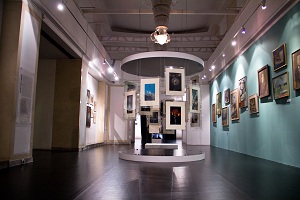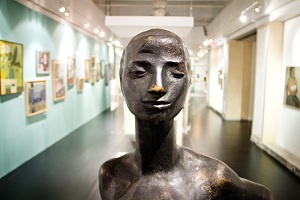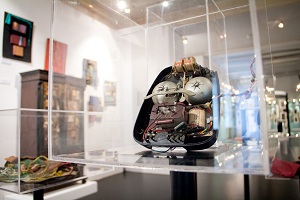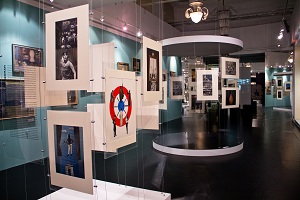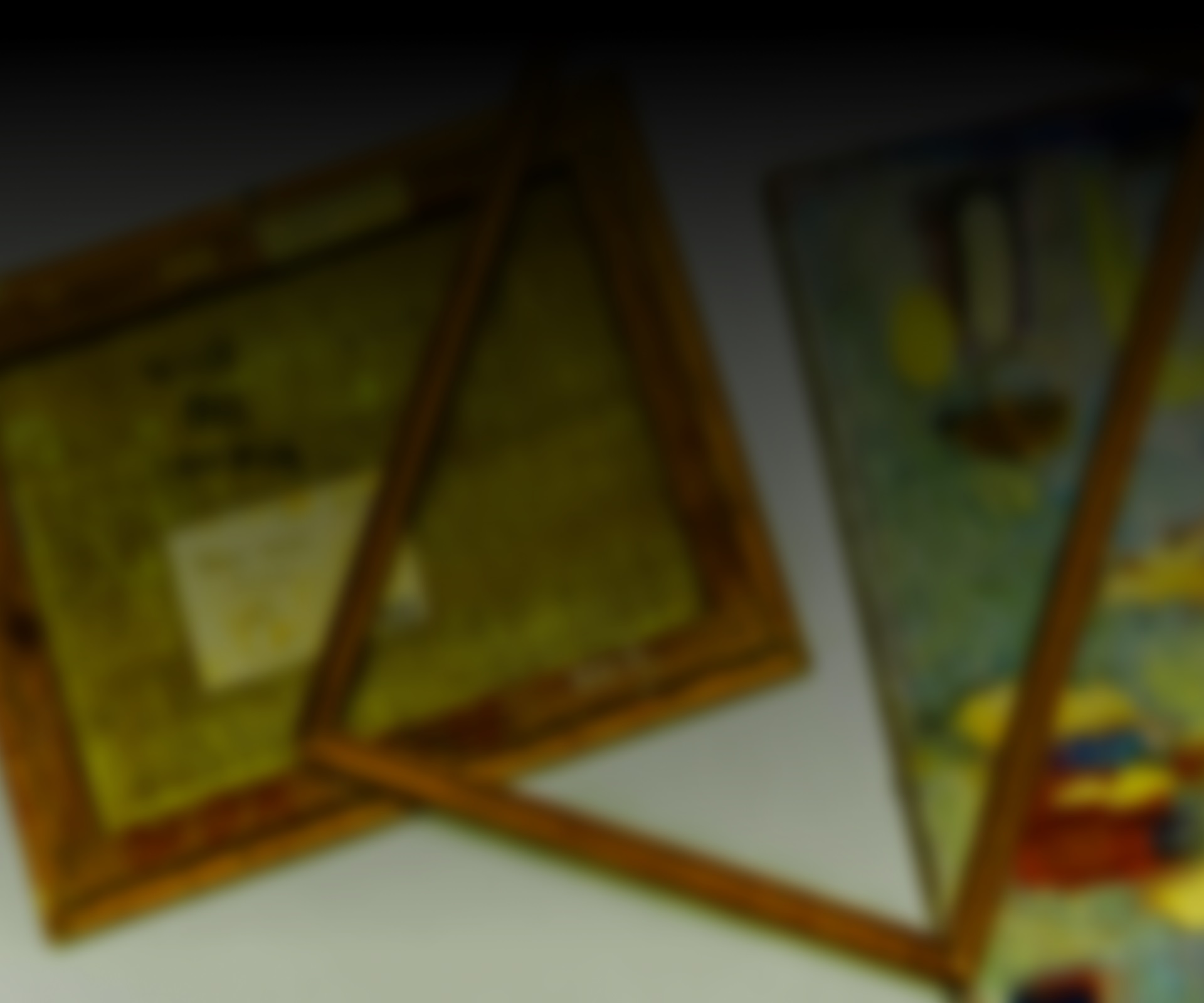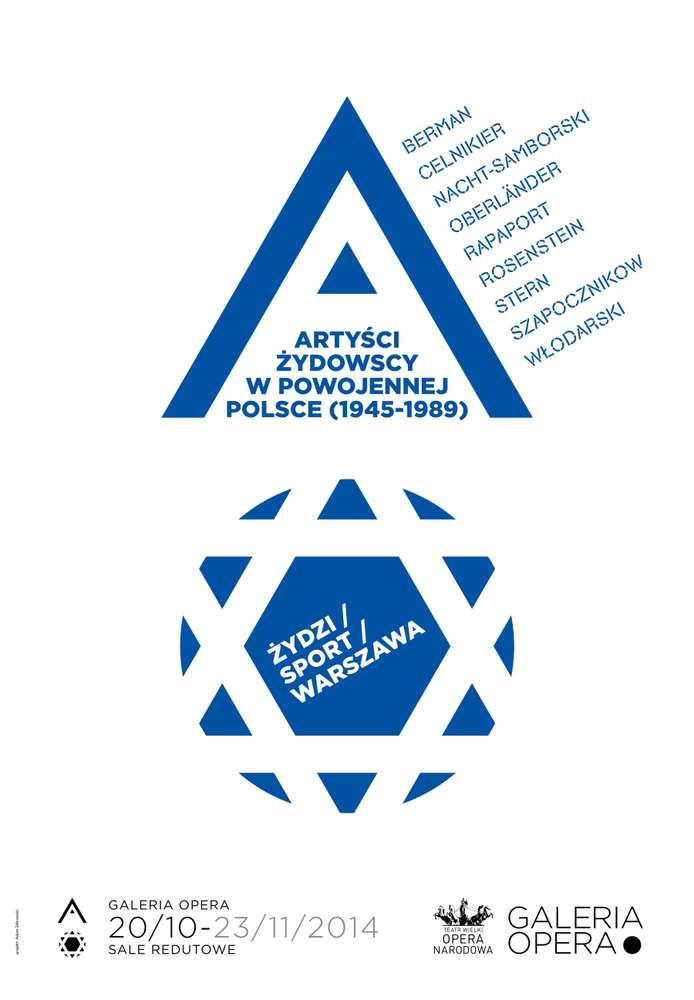 Who is a Polish Jew? How is Polish art different from Jewish one? Does art produced by Polish Jews have any specific features, common themes, or material? Poles and Jews have lived side by side for thousands of years. They have exchanged ideas, cultural values, and customs. Jewish painters and sculptors have been part of Polish artistic circles, exhibited in Polish venues, and presented their works internationally as representatives of Poland. 'Polish Jew" does not only denote origins. It is a sociological and cultural category that refers to the space where Polishness and Jewishness meet. It also emphasises that Jewish artists have been shaping Poland's history and art.
Who is a Polish Jew? How is Polish art different from Jewish one? Does art produced by Polish Jews have any specific features, common themes, or material? Poles and Jews have lived side by side for thousands of years. They have exchanged ideas, cultural values, and customs. Jewish painters and sculptors have been part of Polish artistic circles, exhibited in Polish venues, and presented their works internationally as representatives of Poland. 'Polish Jew" does not only denote origins. It is a sociological and cultural category that refers to the space where Polishness and Jewishness meet. It also emphasises that Jewish artists have been shaping Poland's history and art.
The exhibition features still lifes and portraits by Artur Nacht-Samborski or Izaak Celnikier, paintings and lithographs by Marek Oberländer, collages by Jonasz Stern, and photomontages by Mieczysław Berman, including the cycles Czas (Time) and Paryż (Paris). Visitors will also have a chance to see paintings, drawings, and assemblages by Erna Rosenstein, geometric forms produced by Marek Włodarski, study of the Memorial to the Heroes of the Warsaw Ghetto by Natan Rapaport. The exhibition will bring back Alina Szapocznikow's scuptures to Opera Gallery, while prominet directors: Aleksander Ford, Andrzej Munk, Wanda Jakubowska and Janusz Morgenstern will make their first appearance at the gallery.
Despite using different techniques and aesthetics, they are all similar in some respects: each experienced the wartime drama, each struggled to found their own place in the after war world, and strived to find a unique artistic language in social realist Poland. Their contribution to present-day Polish art is indisputable.





